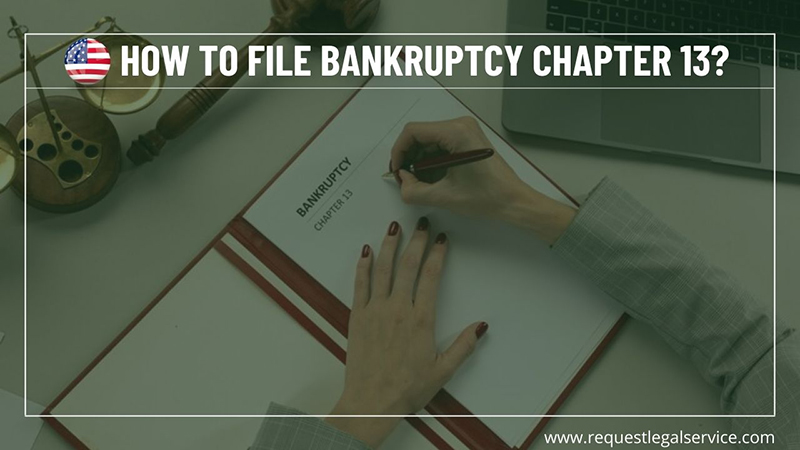
While bankruptcy can help you rid yourself of debts, it doesn’t come without disadvantages.
Bankruptcy filing is a public record and easily accessible to major credit reporting agencies. As a result, it can considerably impact your credit score and make potential lenders wary of dealing with you.
Bankruptcy can make it difficult for you to get credit for an extended period, and if you do get credit, the interest rates will be exorbitant.
A legitimate bankruptcy can never be removed from your credit report before time, which varies from 7 to 10 years, depending on the chapter.
How to remove bankruptcy filing from credit reports?
According to the Federal Trade Commission (FTC), removing accurate negative information from a credit report isn’t possible.
However, it is possible to reduce the duration that a filing is reported. A bankruptcy filing can also be removed in case of an error or identity theft.
As per the Fair Credit Reporting Act, an individual’s credit report can have bankruptcy filing for ten years. The debtor must get it done timely by following up with credit reporting agencies.
Under Chapter 13, a bankruptcy filing can be removed from the credit report in 7 years. It encourages Chapter 13 bankruptcy filing since repayment of debts by the debtors is done within 3 to 5 years.
Read More about Bankruptcy Chapters
Vacation of bankruptcy occurs when a debtor feels that he can find a solution to his problem. This bankruptcy appears on his credit report and can be removed by asking the bankruptcy court.
Any errors in the bankruptcy filing should be removed immediately. These can be clerical errors or cases of mistaken identity, or identity theft. In the latter, an additional fraud alert must also be placed.



